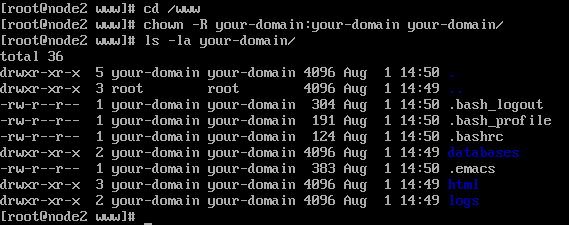How to stop and remove/uninstall SSH server from Linux
How to uninstall SSH server in Linux Redhat/Ubuntu? Some times you in order to make your system more secure you want to stop unwanted service and remove them permanently so that your machine is not compromised. Such service include SSH, FTP etc which should be uninstall if they are not used. In this post we will see how to stop and uninstall SSH server in Redhat based and Ubuntu based machines. On Redhat based machine: Step1: Stop SSH service before uninstalling it. service sshd stop chkconfig sshd off Step2: Remove ssh package from the machine by using below yum command. yum remove openssh-server or to completely remove the package as well from the machine use below command yum erase openssh-server On Ubuntu machines: Step1: Stop the ssh service before uninstalling it. /etc/init.d/ssh stop or service ssh stop Step2: Uninstalling ssh server package apt-get –purge remove openssh-server That’s it your done with stopping and uninstalling SSH server from Linux Redhat/Ubuntu based machines. Please comment your thoughts on...
Read More


